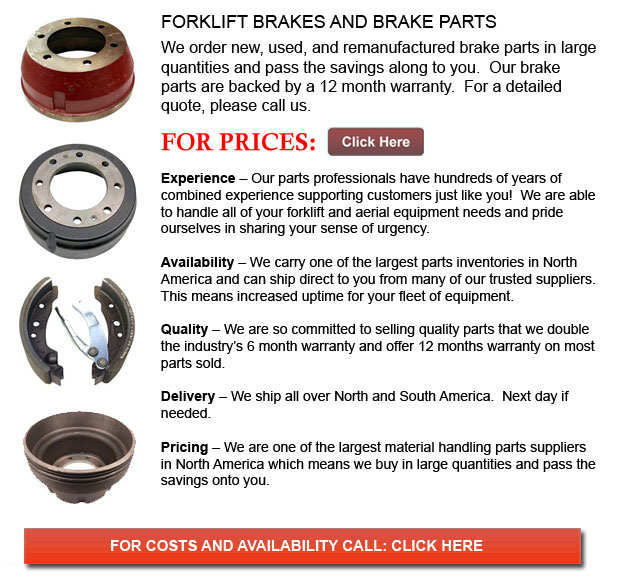
Forklift Brakes - A brake where the friction is supplied by a set of brake pads or brake shoes that press against a rotating drum shaped unit called a brake drum. There are a few particular differences between brake drum kinds. A "brake drum" is usually the explanation given whenever shoes press on the inner surface of the drum. A "clasp brake" is the term used to describe when shoes press against the outside of the drum. Another kind of brake, referred to as a "band brake" uses a flexible belt or band to wrap round the exterior of the drum. If the drum is pinched in between two shoes, it can be referred to as a "pinch brake drum." Like a conventional disc brake, these types of brakes are somewhat uncommon.
Early brake drums, prior to nineteen ninety five, needed to be consistently modified so as to compensate for wear of the drum and shoe. "Low pedal" can cause the needed modifications are not carried out sufficiently. The vehicle can become dangerous and the brakes can become ineffective when low pedal is combined along with brake fade.
There are some various Self-Adjusting systems used for braking existing nowadays. They can be classed into two separate categories, the RAD and RAI. RAI systems are built-in systems that help the tool recover from overheating. The most recognized RAI manufacturers are Bendix, Lucas, Bosch and AP. The most well-known RAD systems include AP, Bendix, Ford recovery systems and Volkswagen, VAG.
Self-adjusting brakes usually make use of a device that engages just if the vehicle is being stopped from reverse motion. This stopping approach is satisfactory for use where all wheels use brake drums. Most vehicles these days make use of disc brakes on the front wheels. By functioning only in reverse it is less probable that the brakes will be applied while hot and the brake drums are expanded. If adapted while hot, "dragging brakes" can happen, which raises fuel expenditure and accelerates wear. A ratchet mechanism that becomes engaged as the hand brake is set is one more way the self repositioning brakes can operate. This means is only appropriate in functions where rear brake drums are used. When the emergency or parking brake actuator lever goes beyond a specific amount of travel, the ratchet improvements an adjuster screw and the brake shoes move toward the drum.
There is a manual adjustment knob placed at the bottom of the drum. It is typically adjusted via a hole on the opposite side of the wheel and this requires getting under the lift truck with a flathead screwdriver. It is of utmost significance to move the click wheel properly and adjust every wheel evenly. If uneven adjustment takes place, the vehicle could pull to one side during heavy braking. The most effective way to be able to ensure this tedious job is done safely is to either lift each wheel off the ground and spin it by hand while measuring how much force it takes and feeling if the shoes are dragging, or give every\each and every one the exact amount of manual clicks and then perform a road test.
![]() Click to Download the pdf
Click to Download the pdf
Forklift Parts
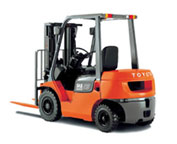
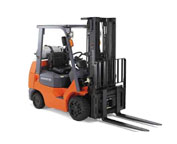

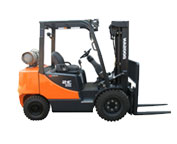
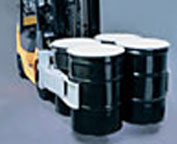
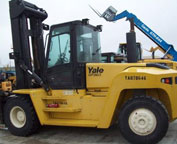


Lift Parts Express
TOLL FREE: 1-888-695-7994
Cincinnati, Ohio
forkliftpartscincinnati.com
Email Us
About Us


